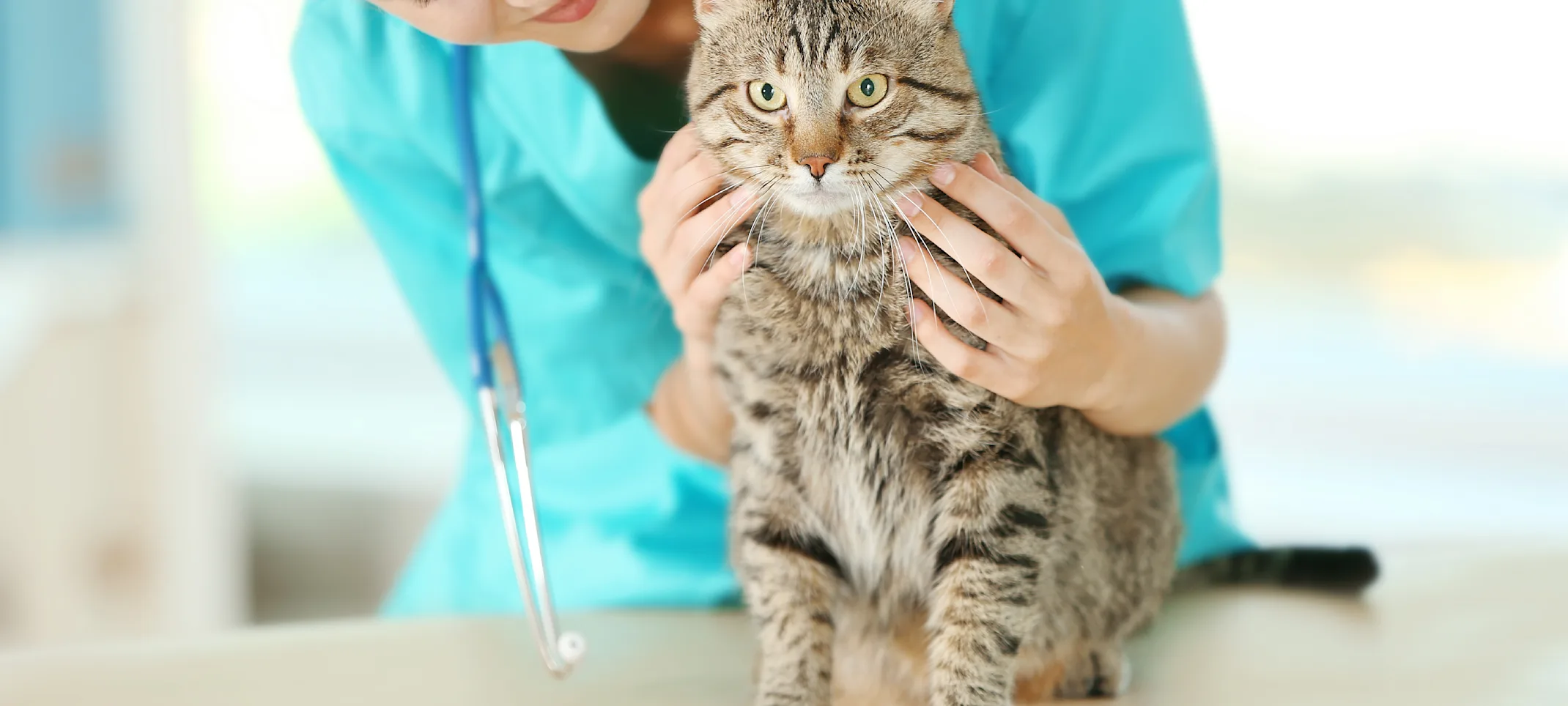Nebraska Animal Medical Center
Bronchoscopy
A bronchoscopy is a useful tool when evaluating a patient with a respiratory problem that cannot otherwise be diagnosed or as a treatment to remove foreign bodies.

Overview
A bronchoscopy is a minimally invasive procedure that allows us to see tissues (with the help of a bronchoscope) that we are unable to see normally so that we can properly diagnose, and help treat animal respiratory cases.
Why would my pet need a bronchoscopy?
A bronchoscopy is a helpful tool when evaluating a pet with a possible respiratory problem that cannot otherwise be diagnosed or as a treatment when there are foreign bodies in the airway.
When is a bronchoscopy appropriate?
A bronchoscopy is a useful tool when evaluating a patient with a respiratory problem that cannot otherwise be diagnosed or as a treatment to remove foreign bodies in the airway. A bronchoscopy is commonly used to make a diagnosis for persistent coughs, blood, abnormal x-rays, possible lung infection, to remove foreign bodies or masses in the airway, or if damage has been done to the airway.
How is a bronchoscopy used?
A bronchoscopy is when your veterinarian uses a flexible endoscope, also known as a bronchoscope, to examine and sample the respiratory tracts of your pet. Because the scope needs to go down your pet’s throat to gain access to the lungs, the procedure is minimally invasive and done while your pet is under anesthesia.
Before a bronchoscopy can be performed, your pet will need to be examined in a routine health check to ensure they are healthy enough for the procedure.
Once your pet is safely anesthetized, the endoscope will enter through your pet’s mouth, go down the trachea, and then into the lungs. Your veterinarian will be able to see the walls of the trachea and bronchi and be able to look for any swelling, redness, bleeding, or pus to diagnose your pet more accurately.
If there are any masses or foreign bodies that need to be removed, there are tools that can go through the endoscope and perform these actions.
